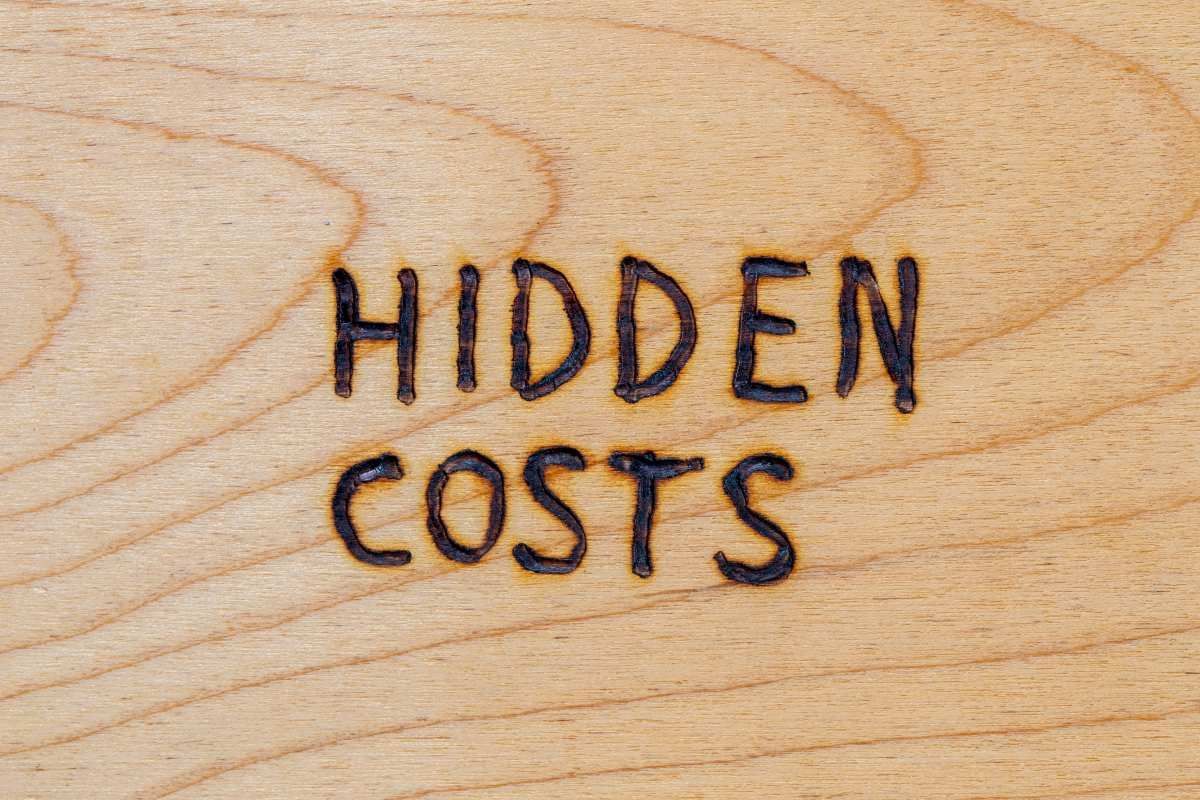How to Remove Parental Responsibility

Parental responsibility is a serious legal status. It confers rights but also duties: the authority to make decisions about a child’s education, healthcare, and welfare, and the obligation to safeguard their wellbeing. For most parents, this is an enduring role, lasting until the child reaches adulthood. But, there are situations where removing parental responsibility becomes a pressing issue. That said, parental responsibility is one of the most complex areas of family law, not least because the courts are reluctant to sever ties between a child and a parent without compelling justification.
Understanding what circumstances can justify this step, and how the process works in practice, requires a careful look at the law, the courts’ guiding principles, and the consequences that follow.
What Does Parental Responsibility Mean?
Before considering removal, it is crucial to be clear on what is being removed. Parental responsibility is not about day-to-day contact or financial obligations. A father may lose responsibility but still be required to pay child maintenance. Equally, a father might retain parental responsibility but have no contact with the child if the court deems it harmful.
Not only is parental responsibility a legal status, but it is also symbolic. It confirms a parent’s role in the child’s life. Removing it, therefore, is not just a legal step - it reshapes the child’s identity and the parent - child relationship in profound ways.
When Can Parental Responsibility Be Removed?
The law sets the bar high. Courts will only remove parental responsibility where there is clear evidence that it is in the child’s best interests. This is not about punishing a parent; it is about protecting a child.
Cases that have led to removal usually involve severe misconduct. Domestic abuse, persistent neglect, or criminal behaviour that endangers the child may form the basis. Still, even in such circumstances, removal is rare. Judges often prefer to limit contact or impose restrictions rather than cut parental responsibility altogether.
We could assume that proving unfitness automatically leads to removal - but then again, it’s not quite that simple. A father may be abusive to the other parent, but if the child still has a relationship that is considered safe, the court might look for less drastic measures.
The Legal Process For Removal
So, how to remove parental responsibility from father in practice? The process begins with an application to the family court. This can only be brought by someone with an established connection to the child - most commonly the mother, or a local authority in cases involving care proceedings.
Once the application is filed, the court considers:
- The child’s welfare as the paramount concern.
- The seriousness of the parent’s behaviour.
- Whether removal is proportionate given the circumstances.
The child’s voice may also play a role, depending on age and maturity. Reports from social services, teachers, or health professionals are often central to the decision.
And here’s the critical point: the court is not trying to judge the father’s character in the abstract. It is deciding whether his continued legal authority could harm the child’s welfare or development.
Alternatives To Removal
In reality, courts are cautious. Rather than removing responsibility, they often restrict its exercise. For instance, a father might keep parental responsibility but be excluded from decision-making about schooling or medical treatment through specific orders.
This approach reflects a balancing act. Not only is outright removal severe, but it also risks erasing a legal link that might later be valuable for the child. Imagine, for example, medical history records or inheritance rights - removing responsibility can complicate these issues.
Still, for children in extreme situations - where the father poses a direct and ongoing risk - alternatives may not be sufficient. In those rare instances, removal becomes the only viable safeguard.
What Factors Do Courts Weigh Most Heavily?

The child’s best interests override everything else, but the court looks at several angles. Safety comes first, followed by stability and emotional wellbeing. A history of violence weighs heavily. So does abandonment, though absence alone does not always justify removal.
Arguably, the hardest cases are where a father is inconsistent - appearing sporadically, causing disruption, but not enough harm to prove risk. The court must decide whether inconsistency undermines the child’s welfare more than the symbolic weight of cutting ties.
The threshold is high because the law assumes children benefit from both parents’ involvement, even if limited. It takes compelling evidence to overturn that assumption.
Seeking Legal Guidance
Anyone considering this step should seek legal advice early. Family law is intricate, and applications can falter without clear evidence or proper procedure. For those facing difficult circumstances, there is always access to private legal support in West London, where experienced solicitors like ours can provide guidance on whether removal is realistic and what alternatives might achieve the same protective outcome.
The Human Dimension
It’s tempting to focus on the technicalities - forms, hearings, orders - but the reality is more complex. Removing parental responsibility is as much about identity as it is about law. For the child, it may feel like a severing of roots. For the parent, it represents a profound loss.
That tension explains why courts tread carefully. They recognise that even flawed parents may still hold a place in a child’s story. At the same time, they cannot ignore evidence of risk. The outcome, therefore, is rarely neat. It reflects the messy reality of family life, rather than a rigid legal formula.
Final Thoughts
The question of how to remove parental responsibility from father is one of the most challenging in family law. It is possible, but only in rare and serious cases where the child’s welfare demands it. More often, the courts look for alternatives - restrictions, conditions, or orders that limit parental authority without cutting it off entirely.
For anyone facing this decision, the lesson is clear: removal is not a straightforward remedy. It demands strong evidence, careful argument, and an understanding of what the court truly prioritises - the child’s welfare above all else. And while the process may feel daunting, with the right legal support and a clear sense of purpose, it is possible to find a path that protects the child while respecting the complexities of family life.












